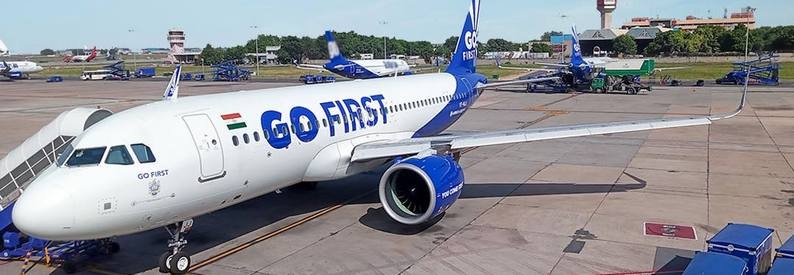Akasa Air (QP, Mumbai International) is looking to place a substantial narrowbody jet order with either Airbus or Boeing as the startup works out its fleet needs through to 2030. Currently, the airline has deliveries lined up until 2027.
"Before the end of this year, we will place an order that will give us the line of sight till 2030-plus. It is going to be much larger than the current aircraft order we have placed," CEO Vinay Dube told India's Mint portal. Akasa Air started flying in August with two B737-8s. It is now up to seventeen B737-8s, with five recently delivered between December 2022 and January 2023 by Avolon in a sale and leaseback transaction.
“You cannot start an airline with 500 aircraft, so we were cautious," said Dube. "We wanted to grow in a measured manner. The next aircraft order is going to be larger because we can handle higher growth levels beyond 2027. We are looking at just narrow-body aircraft."
At the 2021 Dubai Airshow, Dube placed an order with Boeing for seventy-two MAX jets, a mix of B737-8s and B737-8-200s. So far, seventeen of those aircraft have arrived, with Akasa entering into sale/lease-back arrangements with a variety of lessors. The remaining aircraft will be delivered through to 2027. By March 31, the end of the Indian 2022/23 financial year, another B737-8 is due to arrive. Thereafter, Dube says the delivery pace will drop back to around 12 - 14 planes per year. "We designed it on purpose," he said. "We decided to have a few months where we don’t take any aircraft deliveries."
The airline, which is 46% owned by billionaire investor Rakesh Jhunjhunwala, is eyeing international operations within a five to six hour flying distance from India by the end of this year, subject to regulatory approvals. But Dube says that the airline, which currently flies to 14 airports in India and had captured a 2.3% domestic market by the end of calendar 2022, remains primarily focused on India.
"In the broader context, we remain focused on tier-2, and tier-3 cities and connecting them from the metros. That’s definitely where we think the growth would be," he said.





